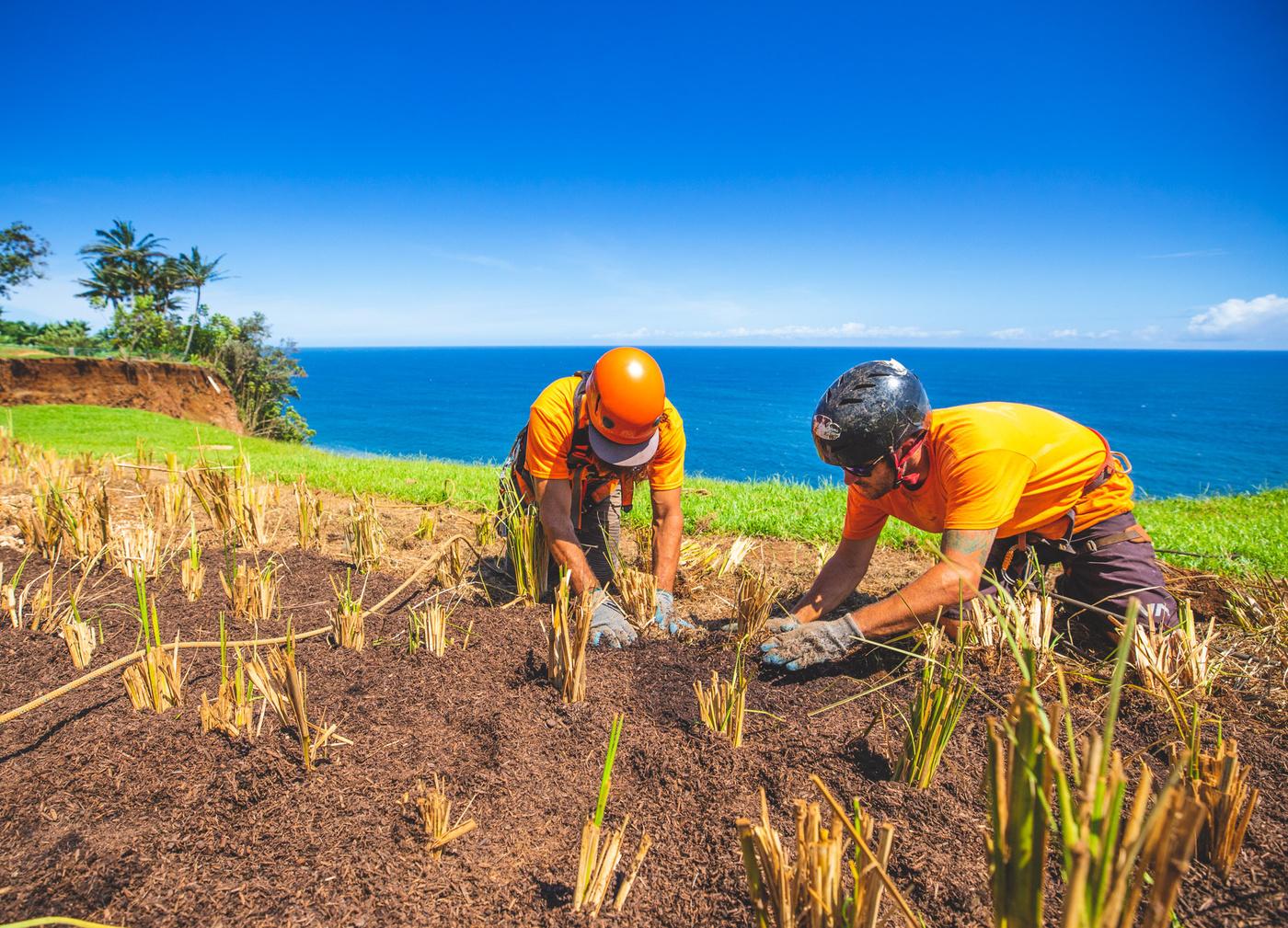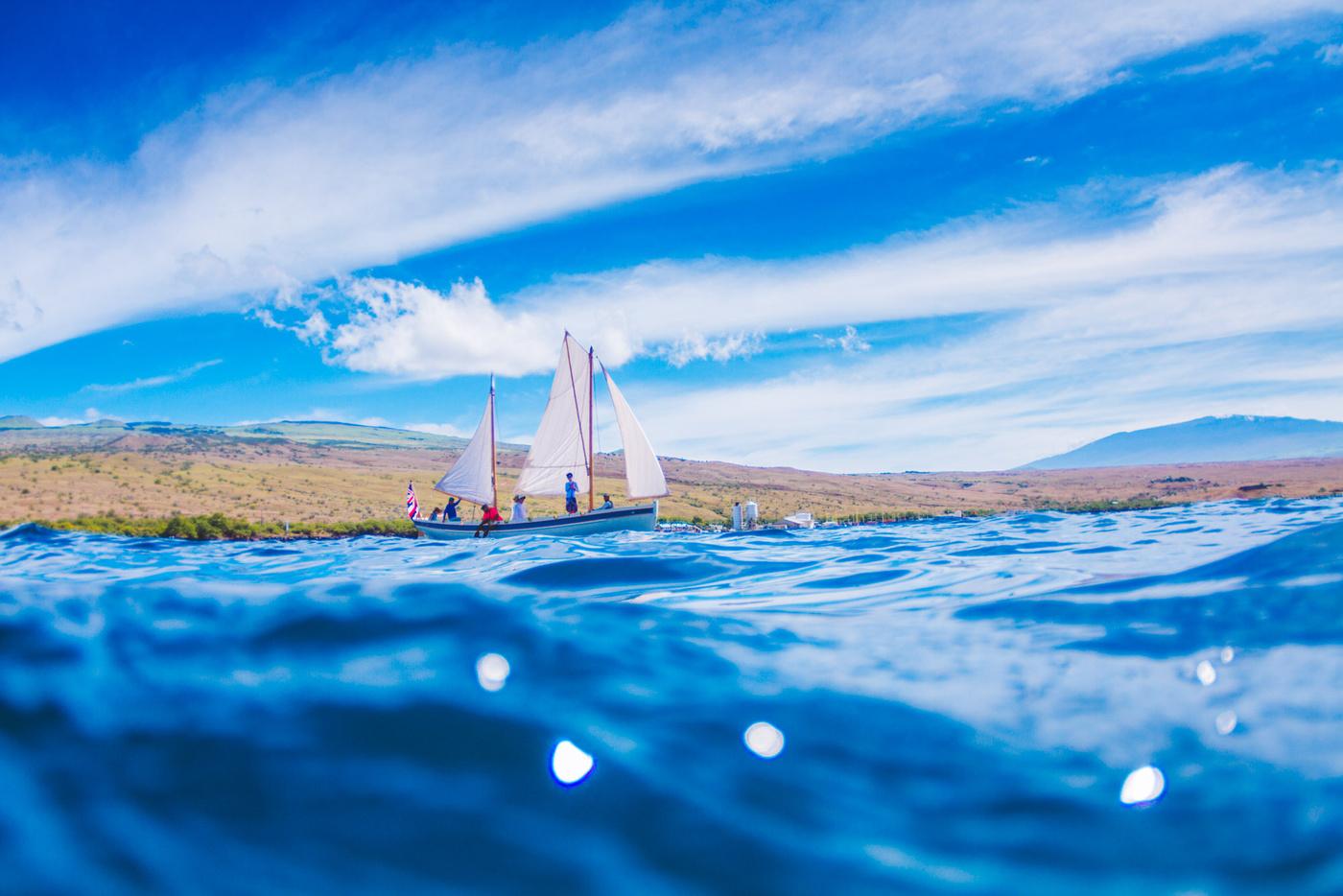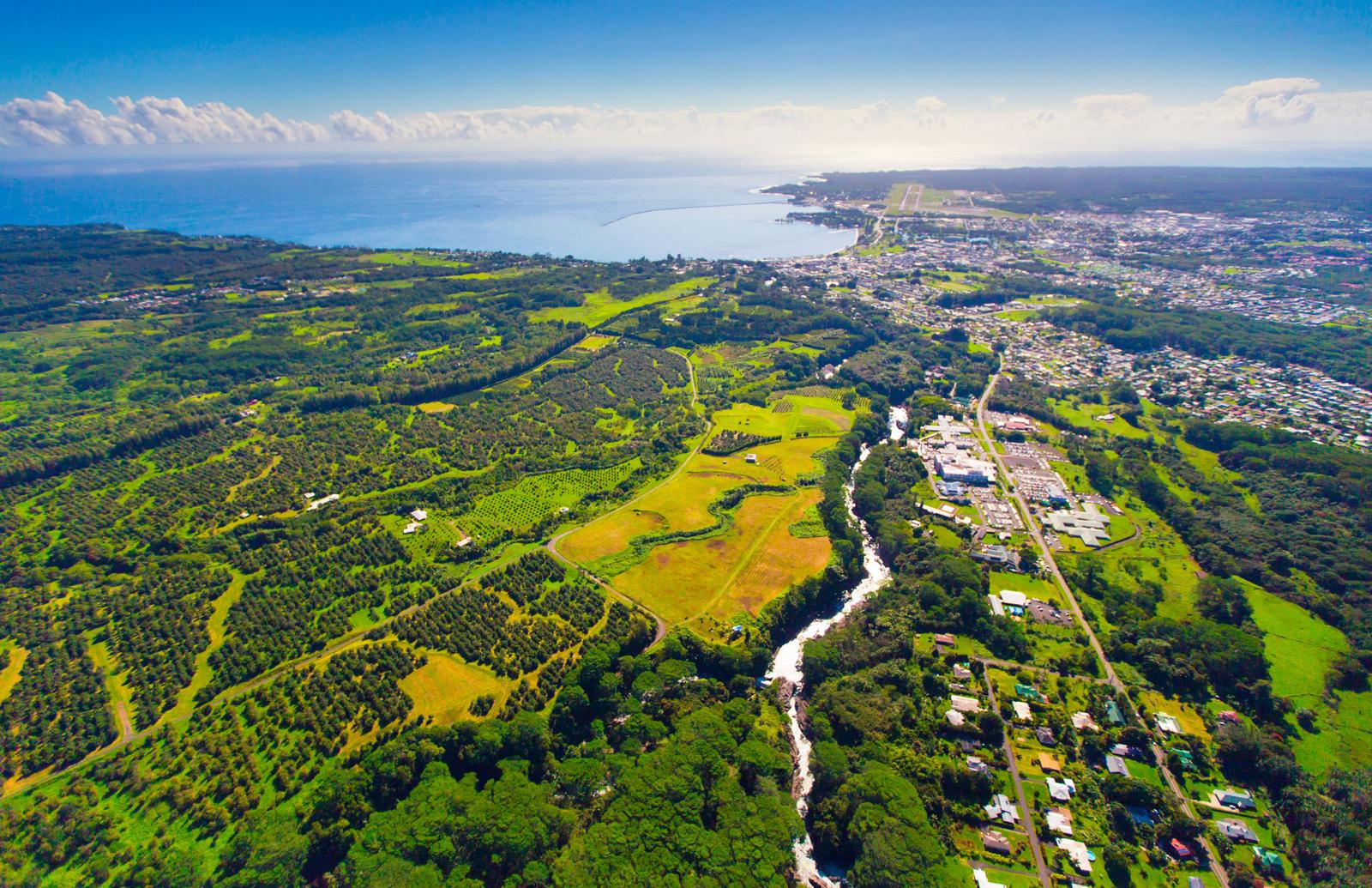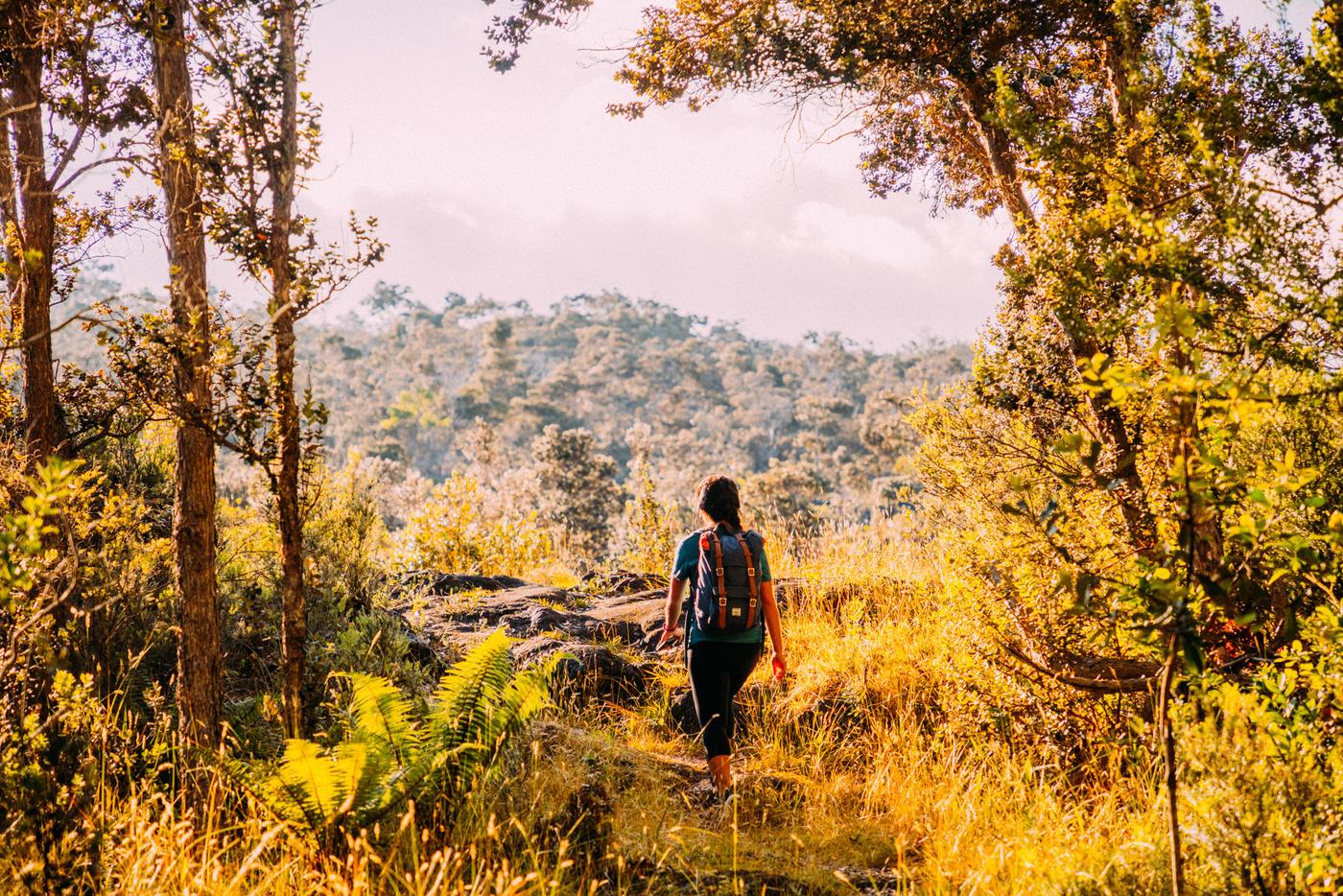EDUCATION





Goal: A skilled, fulfilled, globally engaged, and thriving Hawaiʻi Island community.
Complementary, comprehensive higher ed
Primary, secondary, and advanced education
High quality early learning programs
Commitment to universal preschool by 2030
Development of HĀ
Scholarship opportunities
Availability, Accessibility, Affordability
Collaboration between P-20, DOE and workforce on CTE pathway development
K-12 schools to work in cohort models
Access to cultural & ʻāina aloha resources and expertise
Diverse communities
Resilient in the face of natural disasters
Workforce Development Board
85% of teachers trained at UHH stay

Increase educational opportunities and remote support centers in rural areas
Expand capacity for experiential, hands-on, and project/work based learning
Develop soft skills
Revitalize career technical programs
Collaboration between higher ed campuses
Utilize Resilience Hubs to coordinate professional/workforce development efforts
Deepen connections with workforce
Career-Connections program
Learner-mentor matching program
Further integrate tech and computer science
Converse and act in ways that honor diversity, inclusion, and equity
Integrate the Innovation Playlist
CTE models, certification, credentialing
Robust preschool to post-secondary pathway
Ed x workforce development x industry collab
Student loan repayment programs/incentives
Recognize higher ed as providing important social/economic advantages; remove barriers
Funding opportunities to support education
Skill-based internships and mentorship
Integration of ʻāina aloha and sustainability
Create knowledge thru authentic, student-driven, projectbased problem-solving
Each school has a full-time PCNC
Each school provides time the arts
Prepared students with 21st century skills
Learning reflects the real world integration
Encouraging life-long learning journey
Society acknowledges everyone's value and contribution; opportunities to express
Shift Transactional to Relational, Corrective to Connective
Expand our definition teacher to be inclusive of the ʻāina, community, peers, and kupuna
We assess what we value
Teachers are trained in, implement assessment strategies
Students love going to school; feel valued and belonging
Transition from high school to workforce
CTE pathways
Inclusivity (ESL, students with disabilities)
Lack of programs that provide necessary skills
Loose collaboration between businesses, workforce development, higher education
High cost of living for all
Limited funding for PCNCs, the arts
Teacher shortage, inc. ʻōlelo Hawaiʻi kumu
Mobility limitations
Insufficient broadband availability/access
Skill set to navigate technology
Lack of “soft skills”
Apply, interview for, and secure employment
Ability to articulate how experiences
demonstrate abilities
Education as a system of oppression
Historical trauma
Standardized tests determine funding
Ensure our community has access to ʻāina-based opportunities to develop purpose, impact, contribution, connection, and interdependence within the (eco) system of Hawaiʻi.

Fund programs, micro credentials, certifications, and pathways that develop an aloha ʻāina workforce
Prioritize funding for organizations and small businesses that have a high score on the AAEF (ʻāina aloha economic futures)
Assessment Tool
Fund a demonstration project to catalyze/support a circular economy
Improve the resilience and diversity of locally sourced and owned small businesses that align to ‘Āina Aloha
Support the County of Hawaiʻi’s job corps program
Increase opportunities for all Hawaiʻi Island residents to have access to inclusive, quality, education that fosters lifelong learning.

Identify solutions that can be scaled or lead to systems innovation for early childhood learning, post-secondary education, and birth-to -three programs
Fund professional development to support the deployment of Trauma-Informed Care (TIC) in education
Support digital literacy campaign
Support legislation for WiFi and broadband expansion
Obtain funding to provide functional devices to those in need
Expand capacity for experiential, hands-on learning, project/work based learning, and development of soft skills such as team work, problem-solving and effective communication.

Establish a network of community-based learning centers (CLCs) and services to support skills development, career exploration, and success
Fund teachers and facilitators to participate in communities of practice around projectbased, community-engaged, experiential, student-centered, and real world learning/teaching
Fund grants for teacher or school x community partnerships to develop realworld learning opportunities
Build a network of professionals x organizations x community groups
Provide resources and supports to help students and community members navigate various institution systems
Establish higher education and career choice coaching and mentoring programs
Maximize frequency, quality and depth of workplace/community exposure for students of all ages.

Create an island-wide Career-Connections Program to coordinate workplace-education partnerships.
Fund a full-time community school coordinator for each school dedicated to aligning school, family, and community resources
Fund education x community co-created events to facilitate the networked community x school partnerships needed for a school community to be successful
‘Āina aloha programs, certifications
Research shows ‘āina aloha value
High AAEF scores across sectors

Career readiness x leadership programs
Circular economy demonstration project
Business alignment with ‘āina aloha
‘Āina aloha leaders part of County jobs corps program
Resources to support County jobs corps
Jobs, industries that emerge as a result of jobs corps
More community learning centers (CLC)
More programs offered at CLCs
Community served by CLCs
Trained staff at each CLC
Funding for educators to gain professional development in community-engaged teaching
More real world learning experience programs
Increased capacity of staff and volunteers
Dedicated community school volunteers
Schools become community schools
Events created by community x school

We envision meaningful work. We envision ʻāina healing industries that prioritizes ʻāina-based education.
L I S T O F P R O J E C T S & T A C T I C S
F O R S E C T O R S T R A T E G I E S

Arranged within an ABCD lens: what we can do, what we need help with, and what we need others such as government, philanthropy, and industry to do
1) Ensure our community has access to ʻĀina Based opportunities to develop purpose, impact, contribution, connection, and interdependence within the (eco) system of Hawaiʻi
Fund programs, micro credentials, certifications, and pathways that develop an aloha ʻāina workforce
What We Can Do
Connect with programs/ organizations that use badging, micro credentials and/or pathways that incorporate ʻāina aloha
Research the development of badging, micro credentialing
Create ʻĀina Aloha badge
Fund a demonstration project to catalyze/support a circular economy
What Need Help With
Pilot a project to support the development of a circular economy model
Improve the resilience and diversity of locally sourced and owned small businesses that align to ‘Āina Aloha
What We Can Do
Promote locally sourced and owned small businesses that align to ʻĀina Aloha through social media and communication campaigns
2) Increase opportunities for all Hawaiʻi Island residents to have access to inclusive, quality, education that fosters lifelong learning
Identify solutions that can be scaled or lead to systems innovation for early childhood learning, post-secondary education, and birth-to -three programs
What We Can Do
Fully participate in the State of Hawai'i Workforce Development Council
Support digital literacy campaign
What We Can Do
Become familiar with the 2020 Hawai‘i State Literacy Plan
Identify recommendations of the 2020 Hawai‘i State Literacy Plan where we can partner and contribute, including dissemination of the digiital literacy assessment to be administered and creating of digital literacy training opportunities
Support legislation for WiFi and broadband expansion
Become familiar with the 2020 Hawaii Broadband Strategic Plan
Identify recommendations of the 2020 Hawaii Broadband Strategic Plan where we can partber and contribute What We Can Do
3) EXPAND capacity for experiential, hands-on learning, project/work based learning, and development of soft skills such as team work, problem-solving and effective communication
Establish a network of community-based learning centers and services to support skills development, career exploration, and success
What We Can Do
Engage and empower existing gathering sites such as community centers, churches, libraries or hubs in this pursuit
What Need Help With
Build and fund a network of paid professionals/organizations/community groups to provide services at hubs
Fund hubs to provide childcare, food & technology for increased engagement.
Fund teachers and facilitators to participate in communities of practice around project-based, community-engaged, experiential, student-centered, and real world learning/teaching
What Need Help With
Hire and train qualified staff and volunteers
4) Maximize frequency, quality and depth of workplace/community exposure for students of all ages
Create an island-wide Career-Connections Program to coordinate workplace-education partnerships
Solidify relationships among key stakeholders in pursuit of workforce preparation to multiply opportunities for workplace exposure and learning What We Can Do
Identify, and develop relationships with, interested businesses and organizations
What Need Help With
Identify a (few) partner(s) who could be acting as a matchmaker, facilitator and clearing house for islandwide career-connected opportunities, workplace exposure such as visits, work days, talks, internships etc.
Fund a full-time community school coordinator for each school dedicated to aligning school, family, and community resources
What Need Help With
Identify and secure sources of funding to support personnel costs for full-time community school coordinators
Develop sustainability plan for long-term implementation of community school coordinators
Fund education x community co-created events to facilitate the networked community x school partnerships needed for a school community to be successful
What We Can Do
Identify education and community partners willing to partner on this initiative
Develop outline of co-created events to be hosted by this partnership
Secure funding to support the co-created events developed by this partnership

This strategy is designed to foster collective action. While priority projects are identified, everyone is encouraged to select a tactic or project that resonates, join (or create!) a core team, and work to implement. Core teams will be empowered with a goal setting framework and evaluative and feedback tools to ensure sustained and measured progress.
Convene and guide the Core Team to reach 90-day Key Results.
Commit to the success of the initiative: plan, design, launch, evaluate, iterate, and scale. Contributors must have bandwidth (time) and capacity to commit to a 90day action timeline focused on key results, organizational commitment and alignment, vision for transformation, and a willingness to take risks and weather small failures.
Supportive community partners who are relied upon to share their knowledge, perspectives, and to bring thought partners into the process.
For folks who are not ready to jump into a Stream - but want to learn more - Vibrant Hawaiʻi hosts quarterly CONFLUENCE. An open meeting where all Streams come together to share the outcomes of the last quarter and opportunities to contribute to activities in the next quarter.
The Economy Stream co-chairs will lead efforts to conduct quality, on-going evaluation of Core Teams formed to implement Action Plans for this economic development strategy. The purpose of this evaluation is to document objective performance measures and intended outcomes of the identified activities.
Utilizing both quantitative and qualitative methods, co-chairs will develop a way to help Core Teams monitor their progress and ensure that they are meeting their 90-day Key Results.
Process evaluation provides assessment of project implementation efforts. As indicated in the Logic Model (page 4), each activity will have identified Outputs (direct tangible results) with corresponding performance measures included as Outcomes (short-term, positive impacts on the community) that can be measured within a one year period. Outcome evaluation is primarily concerned with the efficacy of the project, which is outlined in the Logic Model as Waypoints (population level indicators) and the Scorecard (indicators that tell us how well we are doing in our journey toward a vibrant Hawai'i). The combination of these tools will effectively assist in assessing the overall effectiveness and impact of this Economic Development Strategy and Action Plans.
This evaluation effort will be enhanced by qualitative information through observation of program activities, site visits, interviews with Core Teams and stakeholders, and focus groups with residents; all of this will tell us how well activities are meeting anticipated outcomes.
White papers and data dashboards will be an option for communicating and visualizing the ongoing progress of the activities within this strategy.


Vibrant Hawai‘i is a growing community that commits to individual and collective ‘auamo kuleana to increase equitable opportunities to build wealth: an abundant reservoir of human, social, natural, and financial capital that we contribute to and draw upon.

STRATEGIES FOR HAWAI‘I ISLAND

